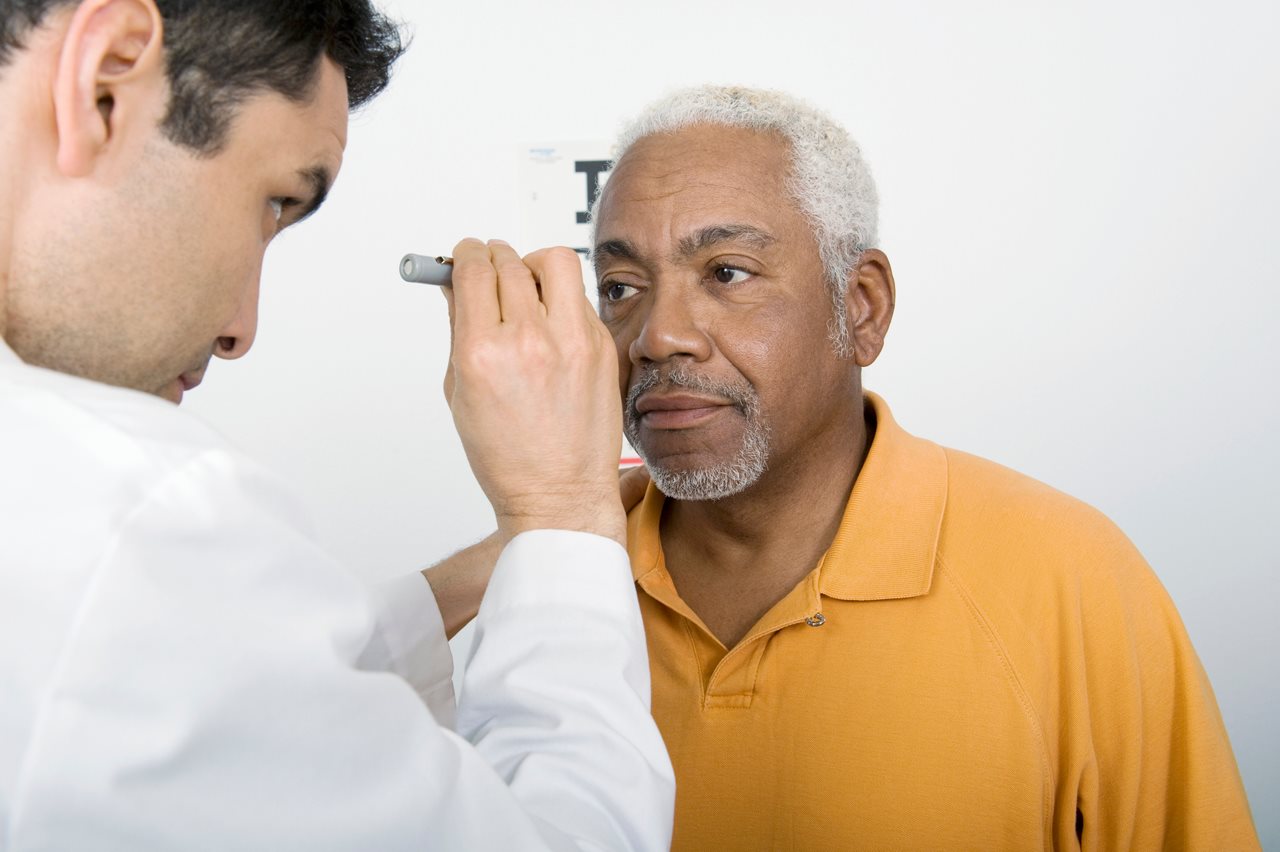Five Ways to Prioritize Vision This Diabetes Awareness Month

(BPT) - Fall marks a change of seasons and time for new and exciting activities with the ones you love. But what if you weren’t able to experience the things you know and love about autumn, like the leaves changing color, due to vision loss?
Diabetes is the leading cause of new cases of blindness in people 20 to 74 years of age in the United States.[i] Diabetic Retinopathy (DR) is the most common eye disease caused by diabetes and can result in Diabetic Macular Edema (DME). Both are serious conditions that can cause vision problems, sometimes without any symptoms at all.[ii] The good news is that there are simple and easy ways to help detect the disease before it progresses.
This November is Diabetes Awareness Month. Read on to learn more about ways you can protect your vision from certain diabetic eye diseases.
1. Schedule an Annual Eye Exam

Early detection, timely treatment and follow-up care of DR can reduce risk of blindness by 95%.ii One of the best ways to help protect your eyes from potentially vision threatening eye disease is by visiting your eye doctor at least once a year. During an appointment, your eye doctor may conduct a few different tests to check for retinal diseases. One of the most common methods is called a dilated eye exam, which involves the application of drops into your eye to dilate the pupil so your doctor can check the back of your eye for any changes.[iii],[iv]
2. Monitor Your Vision From Home

In addition to regular, yearly appointments, it is a good idea to monitor your vision from home the same way you would your blood sugar. The Amsler Grid is a simple, at-home tool you can print out to monitor your eye health between eye appointments. It can help you and your doctor identify changes in your vision that could benefit from immediate attention.[v] If you notice any changes in your vision, be sure to contact your doctor and maintain annual eye care appointments.
3. Keep Your Diabetes in Check

It can be hard to maintain a healthy lifestyle between the tempting Halloween candy still lingering around the house and a Thanksgiving feast on the horizon. A great way to reduce the risk of developing diabetic eye disease is to control diabetes. This can be done by keeping blood sugar and A1c levels within target range, controlling your blood cholesterol and blood pressure levels, not smoking, taking medication as directed by a healthcare provider, eating nutritious food, and exercising regularly to maintain a healthy weight.[ii],[iv], [vi]
4. Lean on Your Support System

If you are diagnosed with a diabetic eye disease, it is important to educate your friends and family. Let them know about upcoming appointments you may have, ways they can help support you like providing transportation, and useful things they can help you with around the house like installing brighter lighting or using brightly colored labels to find things more easily.[vii], [viii]
5. Tap into Useful Resources to Learn More

Whether you have been diagnosed with diabetic eye disease or not, there is a lot you can do to help protect against vision loss. Diabetes advocacy organizations like the American Diabetes Association’s Focus on Diabetes website, supported by Regeneron as a Visionary Partner, can serve as a useful information hub, while other resources like Regeneron’s own Look To Your Future can provide general information on retinal disease and low vision, as well as useful tips for caregivers and patients.
This November make your diabetes a priority and speak with your doctor about potential vision loss caused by diabetic eye disease.
[i] National Diabetes Fact Sheet, 2011. Centers for Disease Control and Prevention (CDC) website. https://www.cdc.gov/diabetes/basics/quick-facts.html. Accessed August 5, 2020.
[ii] Facts about diabetic eye disease. National Institutes of Health, National Eye Institute website. https://www.nei.nih.gov/learnabout-eye-health/eye-conditions-and-diseases/diabetic-retinopathy. Accessed August 5, 2020.
[iii] Facts about Macular Edema. National Eye Institute website. https://www.nei.nih.gov/learn-about-eye-health/eye-conditionsand-diseases/macular-edema. Accessed September 11, 2020.
[iv] Diabetic Retinopathy. American Optometric Association website. https://www.aoa.org/healthy-eyes/eye-and-visionconditions/diabetic-retinopathy?sso=y. Accessed September 11, 2020.
[v] Facts about age related macular degeneration. National Eye Institute website. https://www.nei.nih.gov/learn-about-eyehealth/resources-for-health-educators/eye-health-data-and-statistics/age-related-macular-degeneration-amd-data-andstatistics. Accessed September 11, 2020.
[vi] Smoking and eye disease. American Academy of Ophthalmology (AAO EyeSmart) website. https://www.aao.org/Assets/e410b8d7-b604-4414-83f0-e02928d0e6c1/635863878154100000/smoking-and-eye-disease-academy-patient-educationpdf?inline=1. Accessed August 5, 2020.
[vii] Tips for living life to its fullest: tips for low vision. American Occupational Therapy Association (AOTA) Web site. https://www.aota.org/~/media/Corporate/Files/AboutOT/consumers/Adults/LowVision/Low%20Vision%20Tip%20Sheet.ashx. Accessed August 4, 2020.
[viii] Tips for making print more readable. American Foundation for the Blind, VisionAware Web site. https://careerconnectprod.azurewebsites.net/wp-content/uploads/sites/3/2019/12/visionaware_2016_gs_printreadable_en_accessible_final.pdf. Accessed August 4, 2020.

